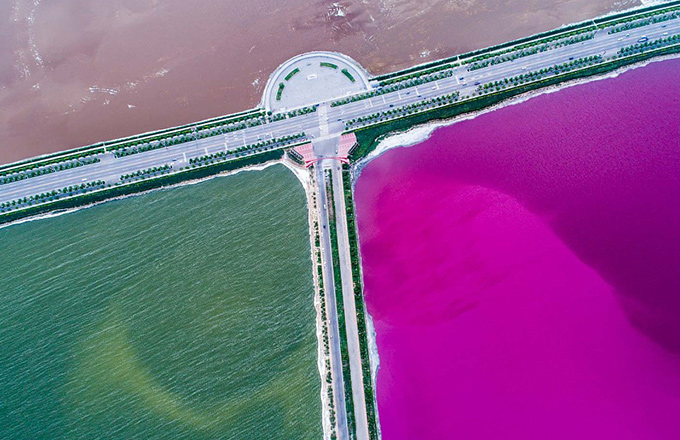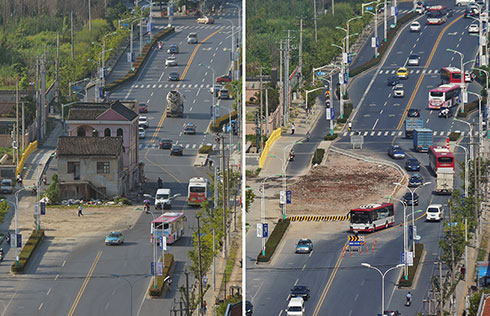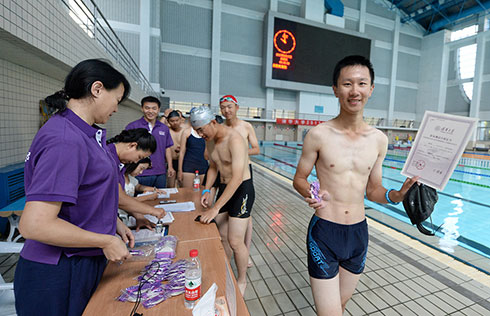So far, so good for Beijing's battle to lower PM2.5
Beijing is on track to hitting its target for cutting PM2.5 — tiny, hazardous airborne particles — according to data released by the Ministry of Environmental Protection on Tuesday.
The average concentration of PM2.5 between January and August was 60 micrograms per cubic meter, down by 4.8 percent compared with the same period in 2016, the data show.
The central government set a target for the capital in 2013 to reduce its average PM2.5 concentration to 60 mcg/cu m by the end of this year.
Beijing will need to keep the level low to ensure it meets that goal, although air pollution usually worsens in the fall and winter months, when the city's large coal-fired boilers are switched on and the wind drops.
The data show 74.2 percent of days in August had "good" air quality, up by 19.4 percent year-on-year, while the average PM2.5 level fell by 19.1 percent to 38 mcg/cu m.
However, it was not all good news.
The average concentration of PM10 — slightly larger hazardous airborne particles — increased 12.8 percent year-on-year between January and August.
Air quality in the Beijing-Tianjin-Hebei region, which is prone to severe air pollution, was also not good.
The average concentration of PM2.5 over the eight months was up by 10.2 percent year-on-year, while only 52.8 percent of days had "good air", a year-on-year drop of 8 percent, the data show.
Six of the region's cities were in the ministry's top 10 for severe air pollution in August: Handan, Xingtai, Tangshan, Shijiazhuang, Baoding and Hengshui, all in Hebei province. Handan was No 1.
- Chongqing man runs free library for 15 years
- Community created for online celebrities in Wuhan
- Quotable quotes on China's major-country diplomacy: Dialogue between cultures
- Police arrest 172 pyramid scheme members in Central China
- Police arrest 172 pyramid scheme members in Central China



























